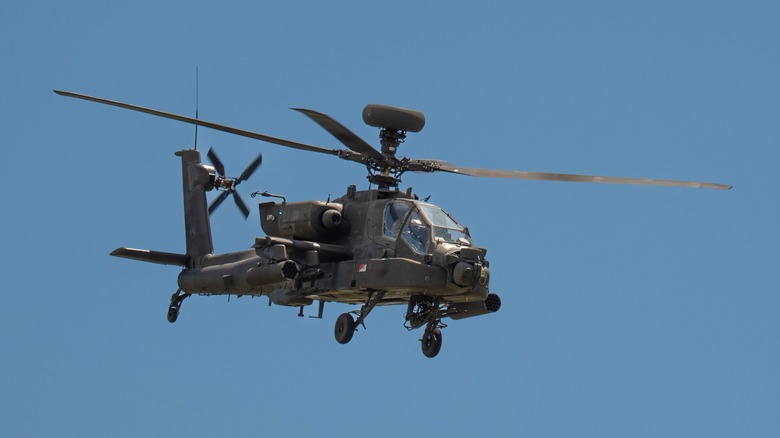What Does 'PAT 25' Mean On A Military Helicopter?
One of the big questions experts are asking about the DC helicopter and plane crash is: what does 'PAT 25' actually mean? Well, 'PAT' stands for Priority Air Transport, a designation the U.S. military uses for flights carrying important personnel, sensitive cargo, or time-critical supplies. The number that follows, '25' in this case, is simply a flight identifier, not a reference to the helicopter's model, type, or tail number.
So, PAT 25 is not a specific kind of helicopter. It's not a Black Hawk or Apache. Instead, it's a callsign, like a label used over radio channels so that air traffic control, ground crews, and radar systems know who's flying and how urgent the mission is. Priority Air Transport flights are typically reserved for VIP passengers. Think generals, diplomats, or government officials, or for cargo that absolutely can't be delayed, like mission-critical equipment or classified documents.
Unlike standard supply runs, PAT missions operate under a different set of protocols. They might receive airspace priority, be routed directly to their destination, or land in secured zones to save time. The focus is always on speed and discretion. You'll mostly see these callsigns used by the U.S. Army aviation units, especially those flying for Priority Air Transport detachments under commands like the U.S. Army Operational Support Airlift (OSA) or the 12th Aviation Battalion. These units run fixed-wing and rotary-wing aircraft dedicated to moving high-ranking personnel, senior enlisted members, and occasionally civilian contractors working on sensitive assignments.
Can you track a flight like PAT 25?
It's sometimes possible to track a PAT flight, but not always. Let's say a high-ranking officer needs to get to a defense conference on short notice. Instead of using the aircraft's tail number, the flight plan might be filed under a callsign like PAT 25.That signals to every control tower and military base along the way that this is a mission with priority clearance. It also tells ground crews to prepare for VIP protocols: tightened security, cleared landing zones, and faster turnaround times. That means they can fly quietly without drawing attention. And because the mission type is filed under PAT 25, there's no public indication of who or what is onboard
However, websites like FlightRadar24, ADS-B Exchange, or FlightAware allow you to track many aircraft in real time. They may help you understand if a military helicopter flying over your house. But, that's only if the craft has its transponder on and isn't on a classified mission. It could show up with its callsign, altitude, flight path, and destination; or at least a general heading. But keep in mind: military flights follow different rules. For operational security, many military aircraft fly "dark," meaning they don't broadcast identifying data or might not show up on public radar feeds at all. So, while there's a chance you could catch a PAT flying overhead, there's no guarantee you'll spot every one or know what it's carrying.

